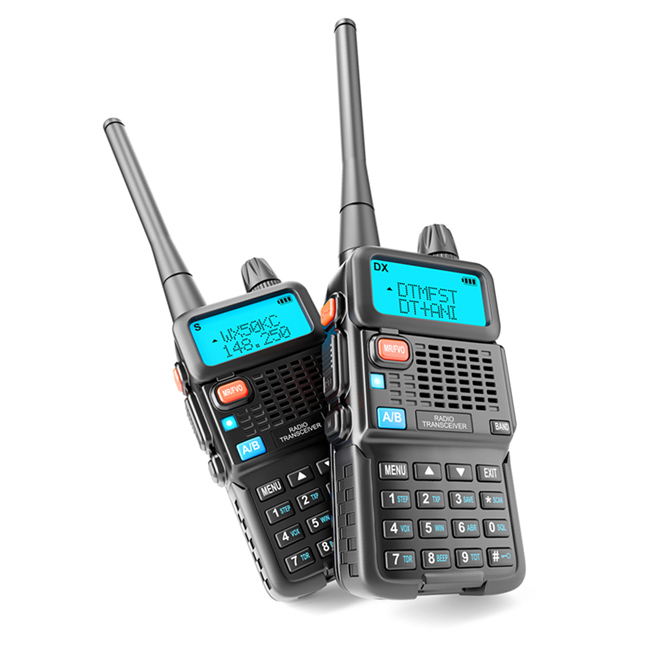Radio communication has revolutionized the way we connect and communicate with each other. From its humble beginnings with spark gap transmitters to the sophisticated satellite systems we have today, the development of radio communication has been a fascinating journey. In this article, we will explore the key milestones and advancements that have shaped the evolution of radio communication.
- Invention of the Telegraph:
The foundation of radio communication can be traced back to the invention of the telegraph in the early 19th century. Developed by Samuel Morse, the telegraph allowed messages to be transmitted over long distances using electrical signals. This laid the groundwork for the concept of transmitting information through electromagnetic waves. - Discovery of Electromagnetic Waves:
The discovery of electromagnetic waves by James Clerk Maxwell in the 1860s was a pivotal moment in the development of radio communication. Maxwell's equations mathematically described the behavior of these waves, providing a theoretical framework for their practical application. - Invention of the Spark Gap Transmitter:
The spark gap transmitter, invented by Sir Oliver Lodge and Guglielmo Marconi in the late 19th century, marked the birth of wireless telegraphy. This device generated electromagnetic waves by producing sparks across a small gap, allowing for the transmission of Morse code messages over long distances. The spark gap transmitter laid the foundation for further advancements in radio communication. - Development of Continuous Wave Transmitters:
The invention of continuous wave transmitters, such as the arc transmitter and the Poulsen arc, in the early 20th century brought significant improvements to radio communication. These transmitters produced a continuous wave of radio frequency energy, enabling the transmission of voice and music. - Introduction of Amplitude Modulation (AM):
In the 1920s, the introduction of amplitude modulation (AM) further revolutionized radio communication. AM allowed for the simultaneous transmission of multiple audio signals by varying the amplitude of the carrier wave. This led to the rise of commercial broadcasting, making radio accessible to a wider audience. - Development of Frequency Modulation (FM):
Frequency modulation (FM), invented by Edwin Armstrong in the 1930s, offered superior sound quality and noise resistance compared to AM. FM radio became popular for broadcasting music and became the standard for high-fidelity audio transmission. - Advancements in Satellite Communication:
The launch of the first artificial satellite, Sputnik 1, by the Soviet Union in 1957 opened up new possibilities for radio communication. Satellites enabled global coverage, allowing for long-distance communication without the need for extensive ground-based infrastructure. Today, satellite communication plays a crucial role in various industries, including telecommunications, broadcasting, and navigation.
Conclusion:
From the invention of the telegraph to the development of satellite communication, radio communication has come a long way. The advancements in technology and the continuous pursuit of innovation have transformed radio from a simple means of telegraphy to a powerful tool for global communication. As we look to the future, it is exciting to imagine how radio communication will continue to evolve and shape the way we connect with the world.




More Stories
How Multilayer PCB Technology Is Driving the Next Generation of Electronics
UAV Video Transmitter Buying Guide: Key Specs You Must Know
The Future of Power Electronics: How Advanced Capacitors Drive Energy Efficiency